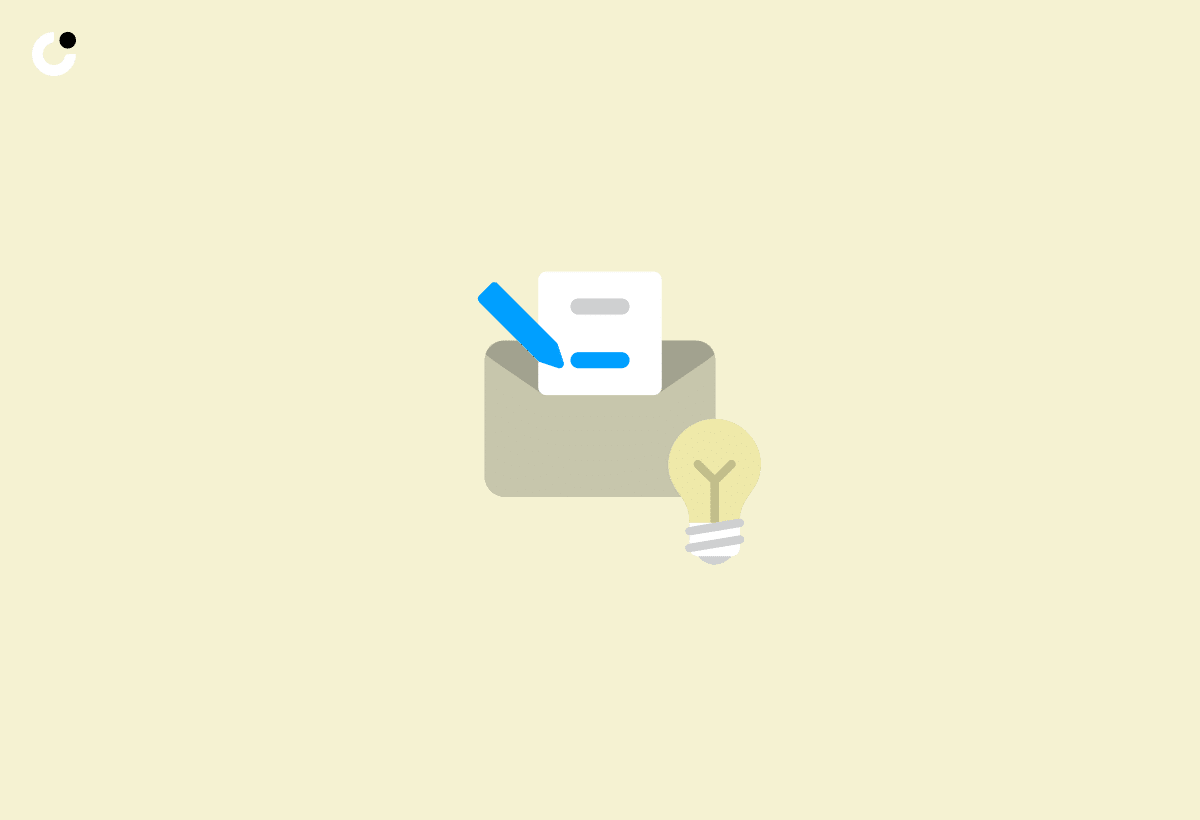Tired of sending countless sales emails only to be met with radio silence? You’re not alone. The secret to breaking through the noise and capturing your prospect’s attention lies in crafting a winning sales email that resonates with them. In this blog post, we’ll share our best-kept secrets and practical tips to help you write sales emails that not only get opened but also drive results. Get ready to transform your sales email game and close more deals than ever before.
Short Summary
Craft personalized and relevant sales emails that are clear, concise, and focused on the recipient’s needs.
Utilize an enticing subject line to maximize open rates, trigger curiosity with opening lines & use a compelling call to action.
Leverage email automation tools for improved efficiency & optimized results from your campaigns.
Crafting the Perfect Sales Email
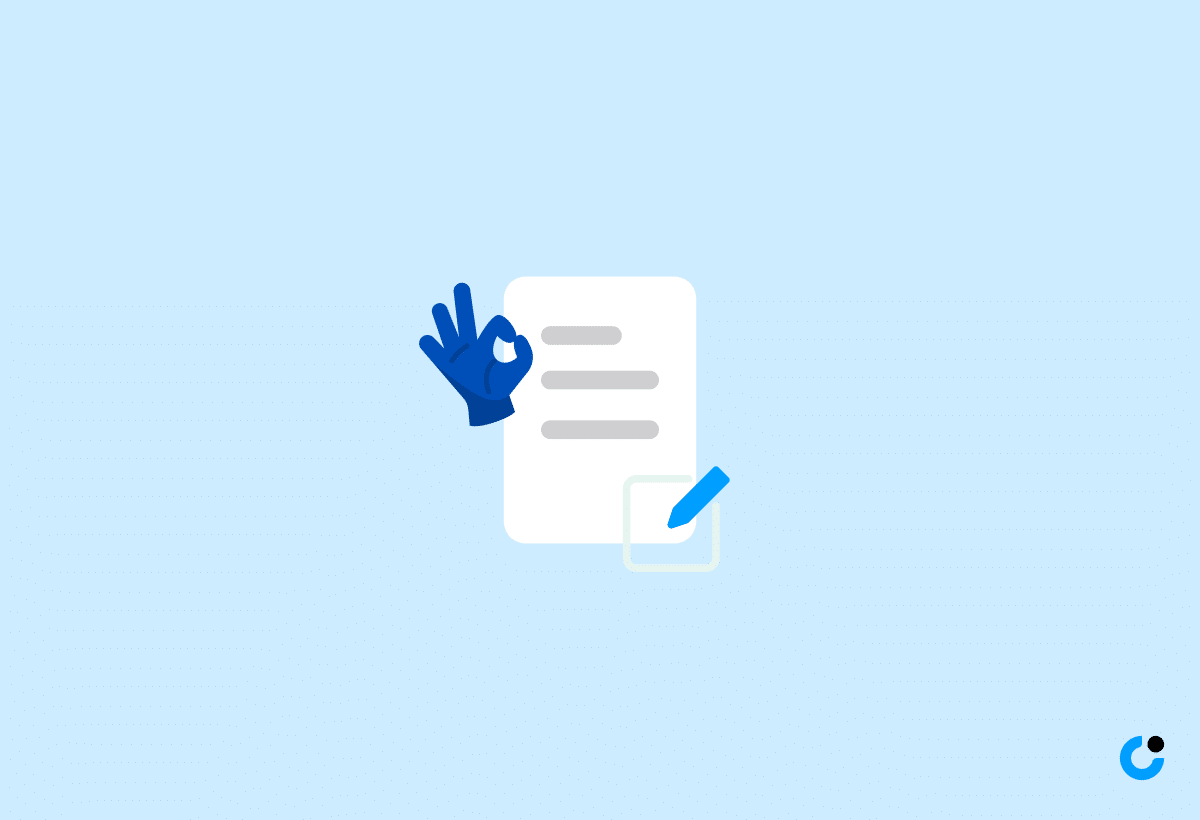
Mastering the art of writing sales emails is a crucial skill for sales reps. It takes more than just a catchy subject line to win over prospects and convert them into customers. To write a sales email that truly stands out, you need to focus on:
Personalization
Relevance
Clarity
An enticing subject line
Captivating opening lines
A persuasive call to action
Let’s dive into each of these elements and learn how to tailor your sales emails to your target audience.
Personalize Your Approach
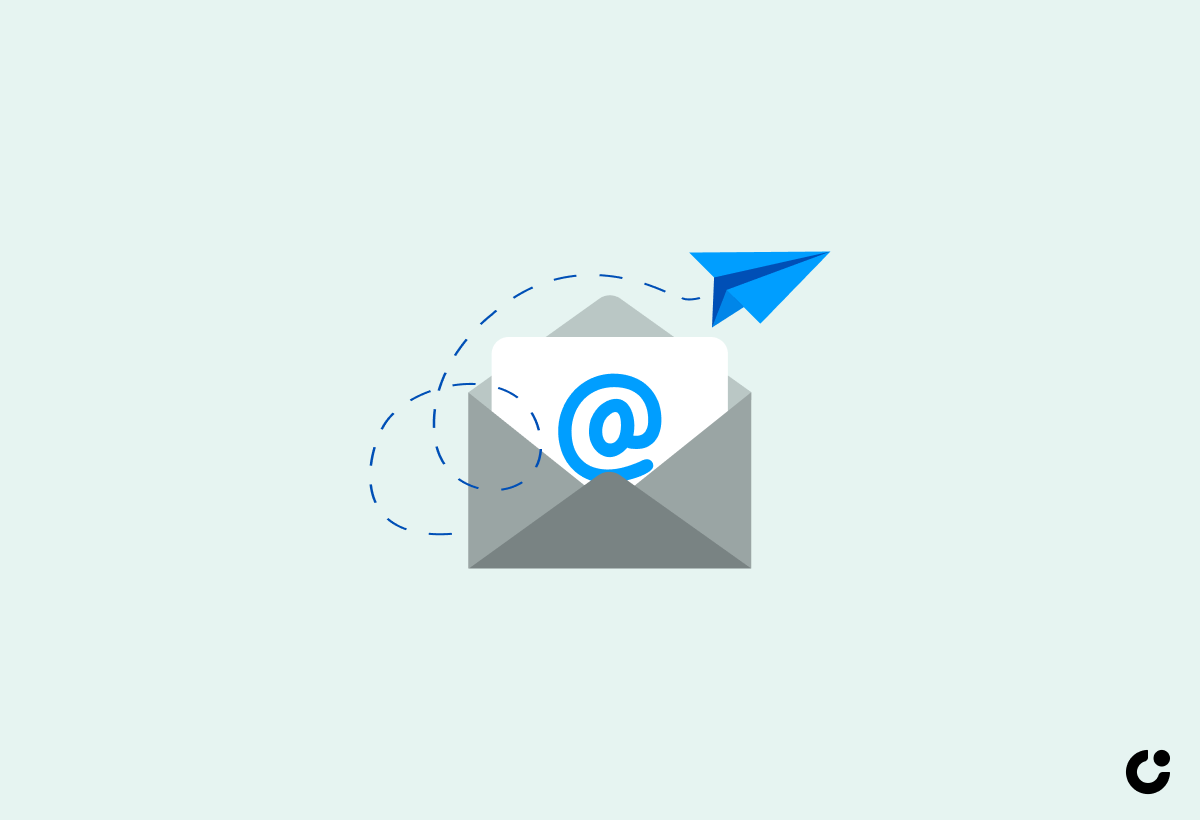
One of the most effective ways to capture your prospect’s attention is by personalizing your sales emails. A personalized approach shows that you’ve done your homework and genuinely care about addressing their needs. Start by conducting research on the recipient, such as reviewing their LinkedIn profile or company website. Try to incorporate personal details like their alma mater, hometown, or recent achievements in your opening line. You can use various AI tools to personalize at scale.
For example, an opening line like “I particularly enjoyed your blog post on sustainable business practices” or “I was thrilled to learn about your company’s product launch” will instantly make the recipient feel valued and more likely to engage with you. Don’t forget to include a professional email signature, complete with your name, title, contact information, and company name logo, to make a lasting impression.
Focus on Relevance

Ensuring your sales email content is relevant to the recipient’s industry, role, and pain points is key to maximizing engagement. After all, no one wants to read an email that has nothing to do with their interests or challenges. Craft your subject lines and email content to align with the recipient’s needs, showing them that you understand their concerns and have a solution to offer.
For instance, research shows that the subject line “Quick Question” had an open rate of 51% in an experiment by Shane Snow and Jon Youshaei. This simple yet intriguing subject line piques the reader’s curiosity and encourages them to open the email, making it more likely for them to engage with your message.
Additionally, incorporating social proof, such as testimonials or case studies, can help build trust and credibility with potential customers.
Be Clear and Concise
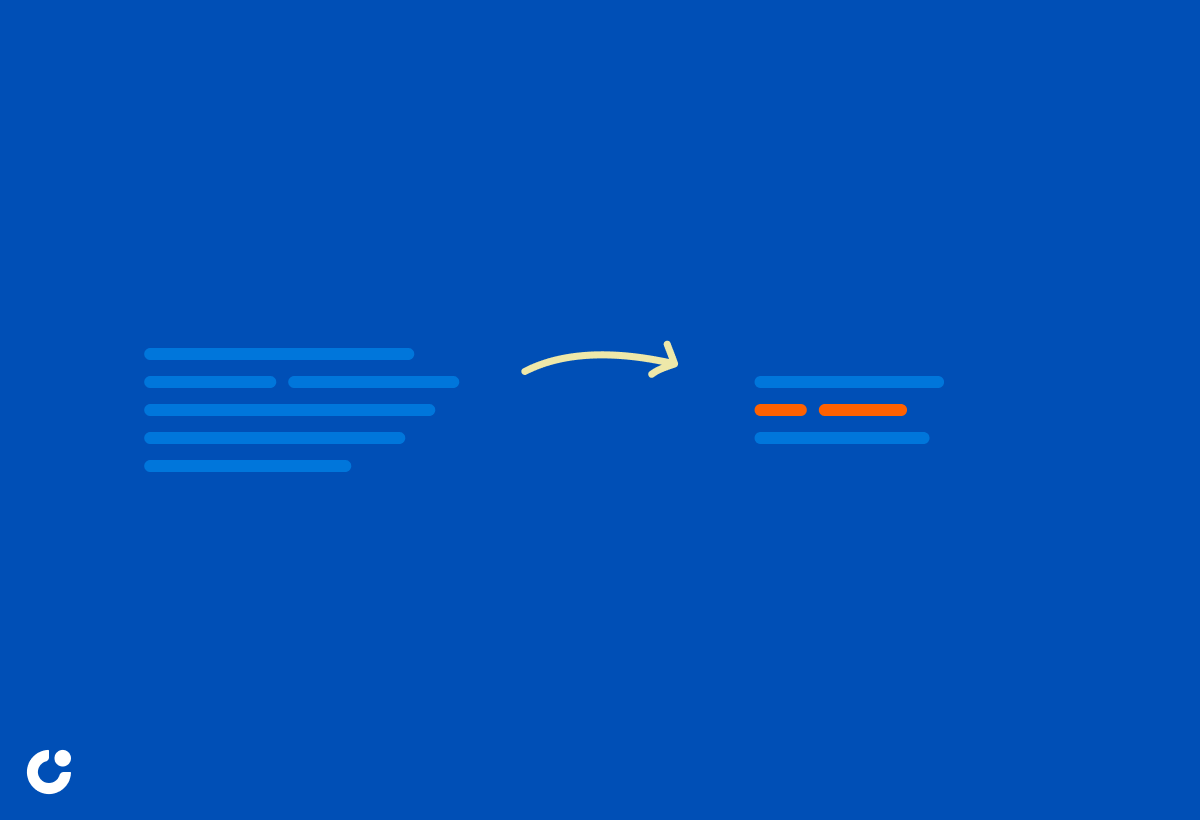
In today’s fast-paced world, no one has time to read long, convoluted emails. To ensure your sales emails resonate with your prospects, keep them clear and concise. Avoid excessive jargon and lengthy explanations that may cause confusion or lose the reader’s interest.
Make sure your opening line gets straight to the point and sets the tone for the rest of the email. For example, using “you” and “your” in the opening line instantly makes it more personal and focused on the recipient’s needs.
By keeping your sales emails straightforward and to the point, you’ll increase the likelihood of your prospects engaging with your message and taking the desired action.
Mastering the Art of Subject Lines
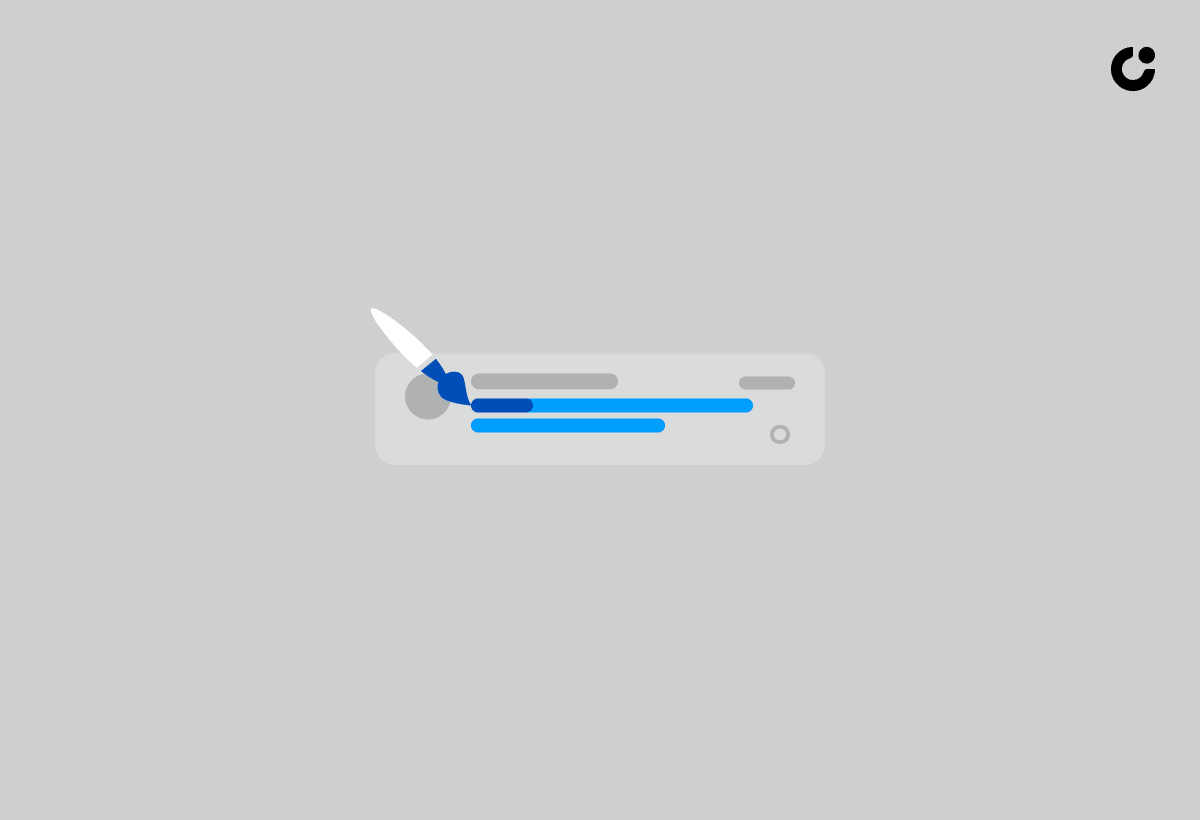
A compelling subject line is the first step to getting your sales email opened. In fact, research indicates that approximately 47% of email recipients open emails based solely on the subject line. To maximize your chances of getting your email opened and read, you need to craft subject lines that are both intriguing and relevant to the recipient.
In the next sections, we’ll explore some proven strategies for creating subject lines that grab your prospect’s attention and increase your open rates.
Trigger Curiosity

An effective subject line should pique the recipient’s curiosity and make them want to find out more. To do this, you can use language that triggers their interest and teases the value your email has to offer. For example, subject lines like “Unlock the Secret to [Your Product]” or “Discover the Benefits of [Your Product]” create a sense of mystery and anticipation, encouraging recipients to open the email and learn more.
By crafting subject lines that spark curiosity, you can significantly increase your email open rates and drive better results from your sales emails.
Keep It Short and Sweet
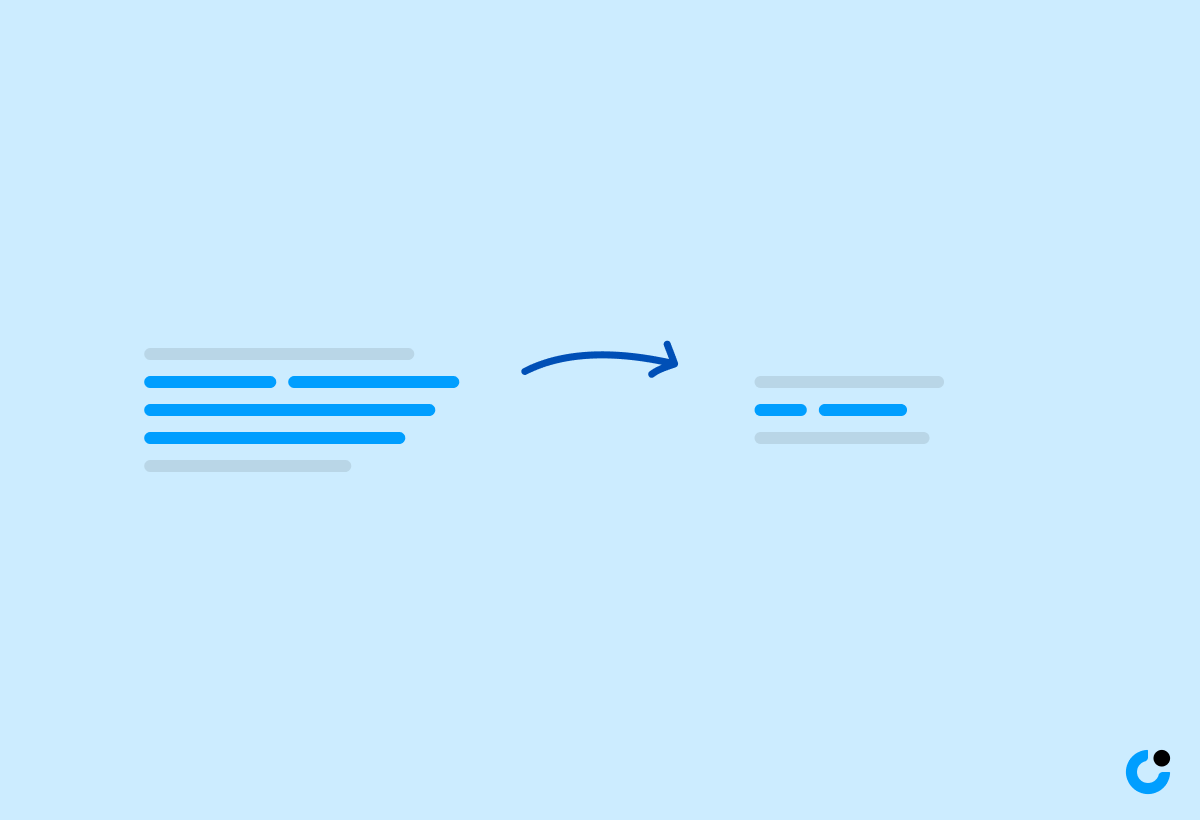
When it comes to subject lines, less is often more. A concise subject line that conveys the main message of the email without overwhelming the recipient is more likely to be opened and read. Keep your subject lines to around 41 characters, or roughly seven words, to ensure they are easily digestible and attention-grabbing.
For example, a well-crafted sales email subject line like “Introducing Our New Product,” “Save 20% on Your Next Purchase,” or “Webinar Invitation: Learn More” is short, sweet, and to the point, making it clear to the recipient what the email is about and why they should open it. By keeping your sales email subject lines concise and focused, you’ll increase the likelihood of your sales emails getting opened and read, ultimately leading to better results.
The Power of Opening Lines

Once you’ve captured your prospect’s attention with a compelling subject line, it’s crucial to keep them engaged with a captivating opening line. The opening line sets the tone for the rest of the email and is your opportunity to establish rapport with the recipient and demonstrate your understanding of their needs.
Let’s explore some strategies for creating opening lines that grab your prospect’s attention and set the stage for a successful sales email.
Make a Connection

https://coldoutreach.com/sales-email/how-to-make/Starting your sales email with a personal connection or shared interest can help establish rapport with the recipient and make your message more memorable. For example, you might mention a recent blog post they wrote, a conference you both attended, or a piece of news about their company. By demonstrating that you’ve taken the time to research the recipient and find a common ground, you’ll make your email stand out in their inbox and increase the likelihood of them engaging with your message.
Remember, the goal is to make the recipient feel valued and understood, so be genuine and authentic in your efforts to make a mutual connection.
Use an Interesting Statistic

Incorporating a relevant and intriguing statistic in your opening line can be an effective way to demonstrate your knowledge and expertise, as well as capture the recipient’s interest. For example, you might start your email with a line like “Did you know that 90% of customers prefer personalized emails?” or “Recent studies show that companies using [your product] see a 20% increase in revenue”.
By using an interesting statistic that relates to the recipient’s industry or pain points, you’ll not only grab their attention, but also provide a compelling reason for them to continue reading your email and consider your offering. Just make sure the statistic is accurate, current, and relevant to the recipient’s needs.
Crafting a Compelling Body

Now that you’ve captured your prospect’s attention with a personalized and engaging opening line, it’s time to craft a compelling email body that presents your offering and convinces the recipient to take action.
In this section, we’ll explore how to write an effective email body that communicates the benefits of your product or service and addresses the recipient’s pain points.
Present Your Value Proposition
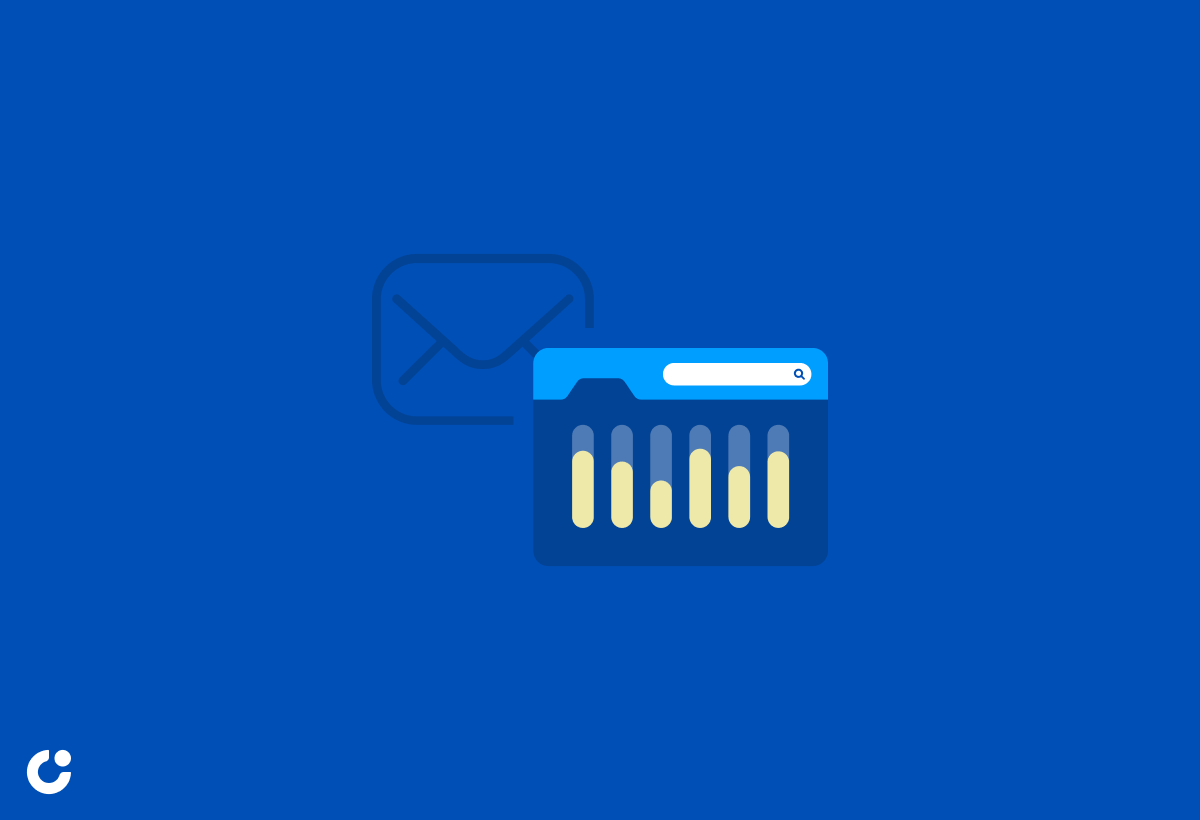
Clearly communicating the benefits of your product or service and how it addresses the recipient’s pain points is essential for a successful sales email. Your value proposition should be concise, yet powerful, and focus on the unique features and advantages of your offering.
For example, you might mention how your software solution helps businesses streamline their processes, save time, and increase efficiency. Or, if you’re offering a physical product, highlight its innovative features, durability, and any special promotions or discounts available.
By presenting a compelling value proposition, you’ll give the recipient a reason to consider your offering and take the desired action.
Tell a Story

Storytelling is a powerful tool that can make your sales email more engaging and memorable. By incorporating a narrative in your email, you can create an emotional connection with the recipient and help them envision the benefits of your product or service.
For example, you might share a story about a customer who faced similar challenges as the recipient and explain how your product or service helped them overcome those obstacles using customer data insights. This not only humanizes your email, but also provides social proof that your offering works and can deliver the desired results.
By using storytelling techniques in your sales email, you’ll create a more engaging and persuasive message that resonates with the recipient and drives results.
Calls to Action That Drive Results

A powerful call to action (CTA) is the final piece of the puzzle in crafting a winning sales email. Your CTA should guide the recipient on what to do next, whether it’s to schedule a call, download a resource, or make a purchase.
In this section, we’ll explore some strategies for creating calls to action that encourage recipients to respond and take the desired action.
Be Direct and Specific
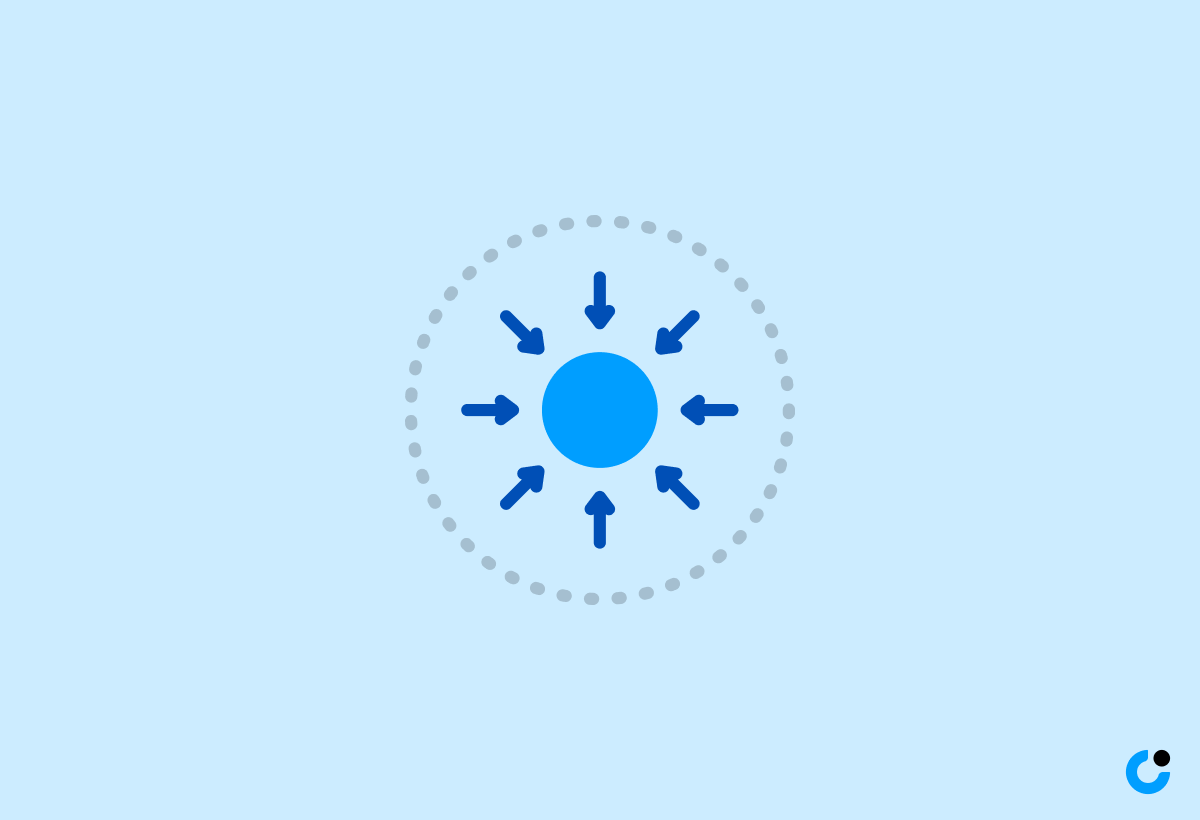
When crafting your call to action, it’s important to use clear and actionable language that guides the recipient on what to do next. Avoid using vague or generic phrases like “contact us” or “learn more” as they can leave the recipient unsure of the desired action.
Instead, opt for direct and specific language like “schedule a call with our team” or “download our free guide on [topic].” By being direct and specific in your call to action, you’ll make it easy for the recipient to understand the next steps and increase the likelihood of them taking action.
Limit Choices
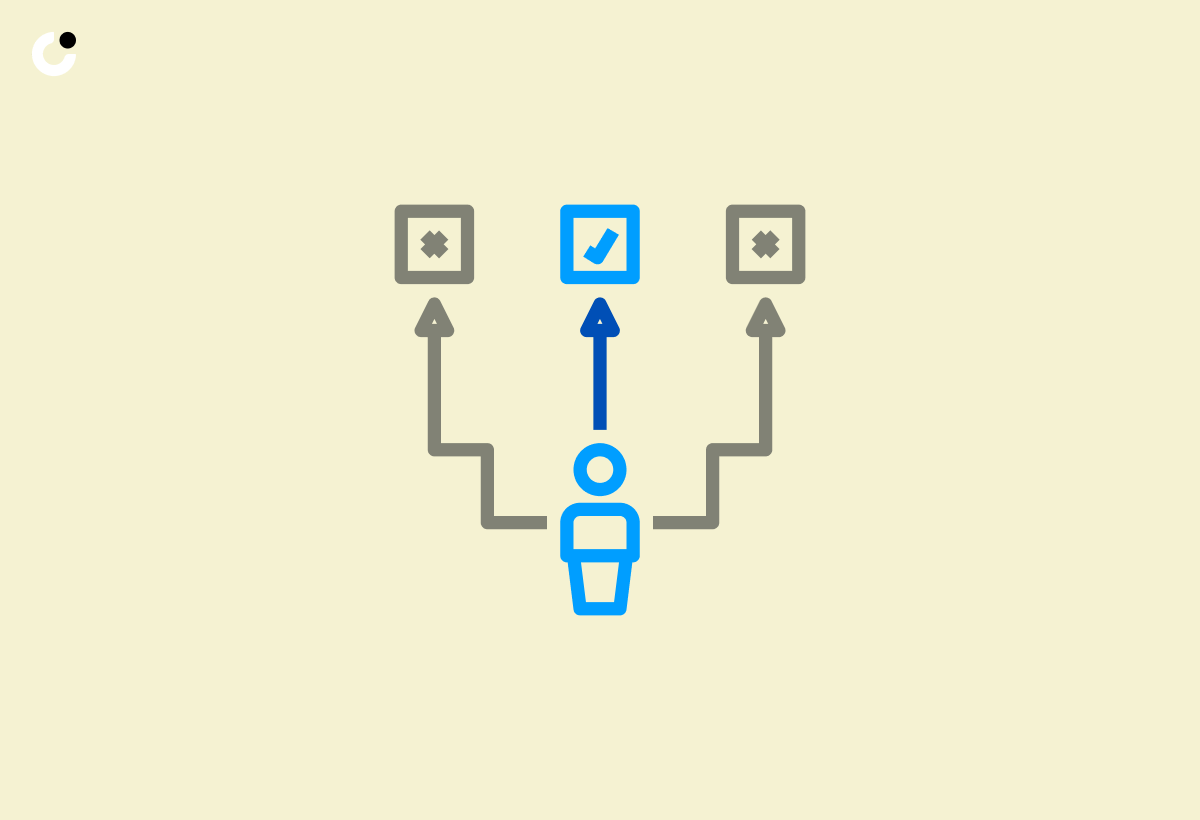
It’s important not to overwhelm the recipient with multiple calls to action in a single sales email. Instead, focus on one primary action you want them to take, such as scheduling a call or downloading a resource.
By limiting the choices available in your call to action, you’ll create a more focused and effective sales email that guides the recipient towards the desired outcome. Research has shown that emails with a single call to action result in a significant increase in clicks and sales, so keep your call to action focused and on point.
The Art of Follow-Up Emails
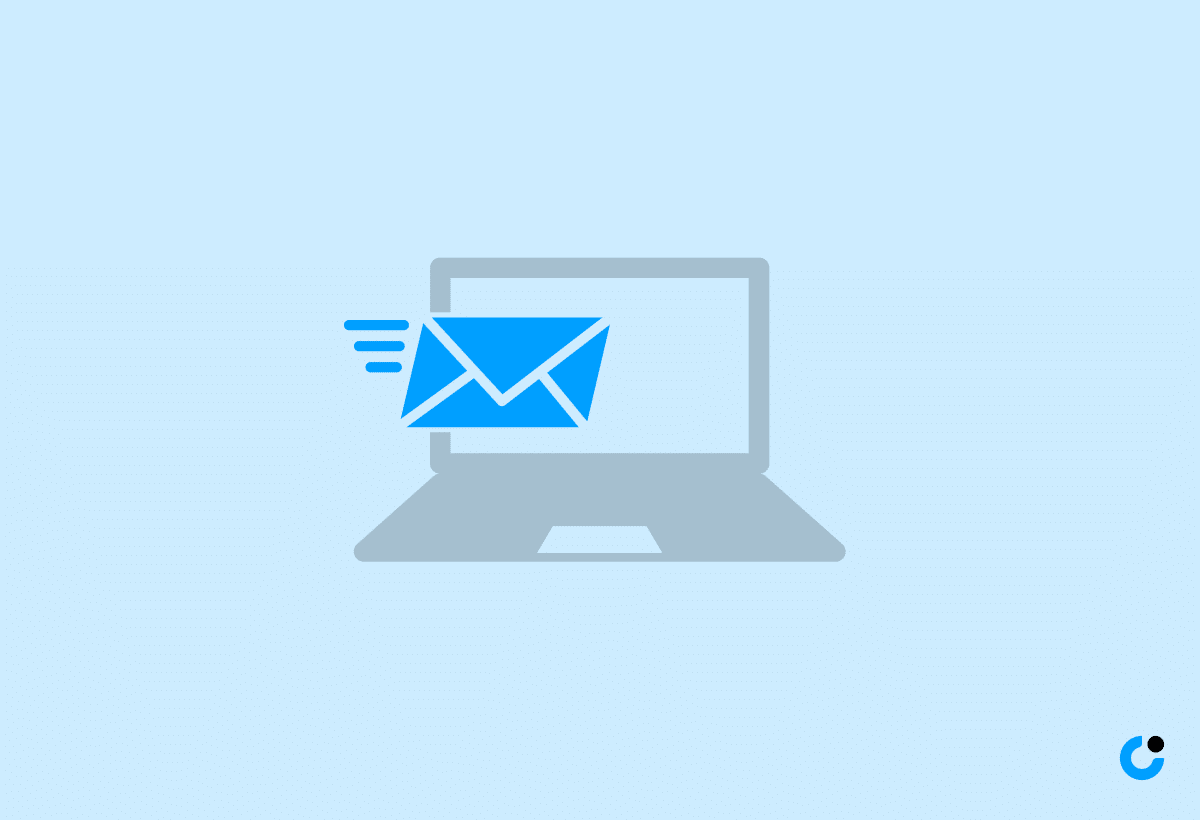
The sales process doesn’t end once you’ve sent your initial sales email. In fact, 80% of sales require at least four follow-ups to convert a prospect into a customer. Follow-up emails are essential for nurturing leads, building trust, and ultimately closing deals.
In this section, we’ll explore the importance of timely and valuable follow-up emails and share some strategies for ensuring your follow-ups drive results.
Timing Is Key

Sending follow-up emails at strategic intervals is crucial for maintaining engagement without overwhelming the recipient. If you send too many emails in a short period of time, the recipient may feel bombarded and ignore your messages. On the other hand, if you wait too long between emails, the recipient may lose interest or forget about your offering.
To strike the right balance, consider the recipient’s time zone and schedule when sending follow-up emails. For example, you might send a follow-up email a few days after your initial email, then another one a week later, and so on. By spacing out your follow-up emails and sending them at strategic intervals, you’ll keep the conversation flowing and increase the likelihood of converting your prospect into a customer.
Add Value With Each Interaction
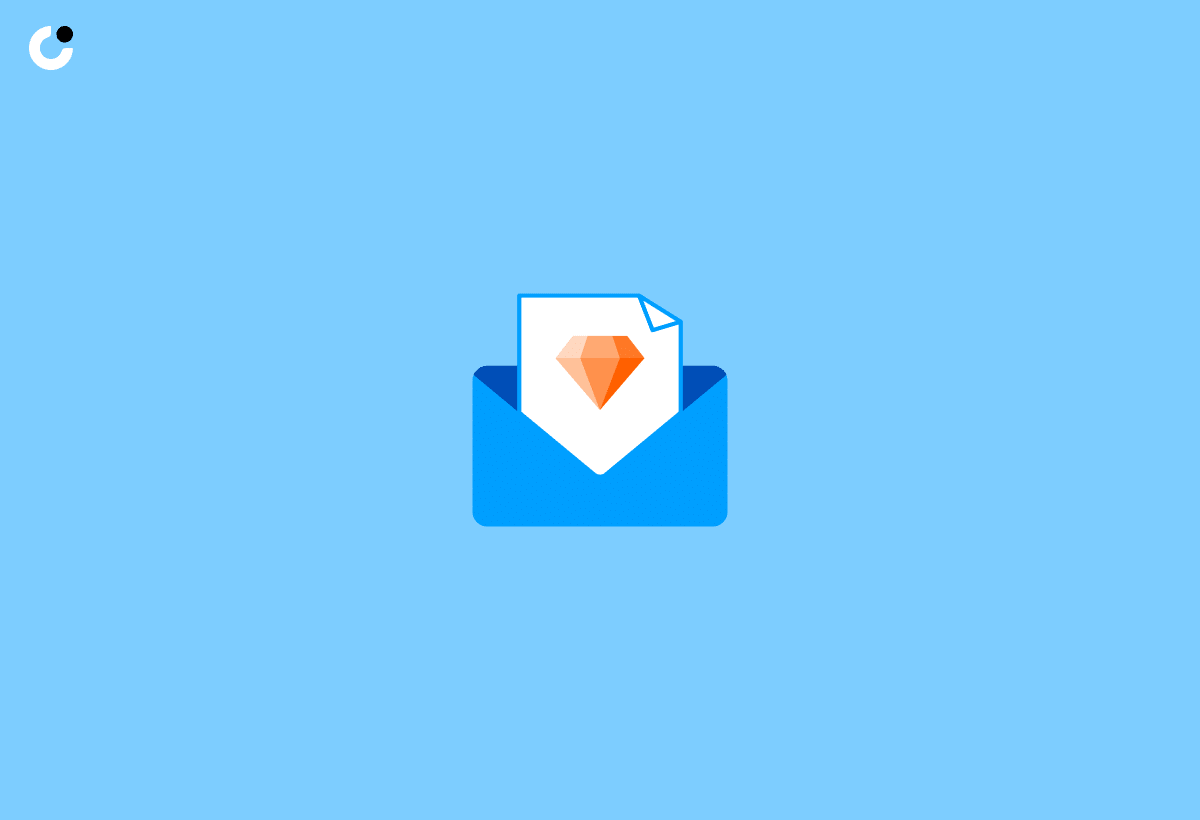
Each follow-up email you send should provide additional information or resources that benefit the recipient and advance the sales conversation. This could include sharing a helpful article, offering a discount, or providing a case study that showcases the success of your product or service.
By adding value with each interaction, you’ll demonstrate your commitment to helping the recipient and build trust over time. This, in turn, will increase the likelihood of the recipient taking the desired action and ultimately converting into a customer.
Sales Email Examples That Convert
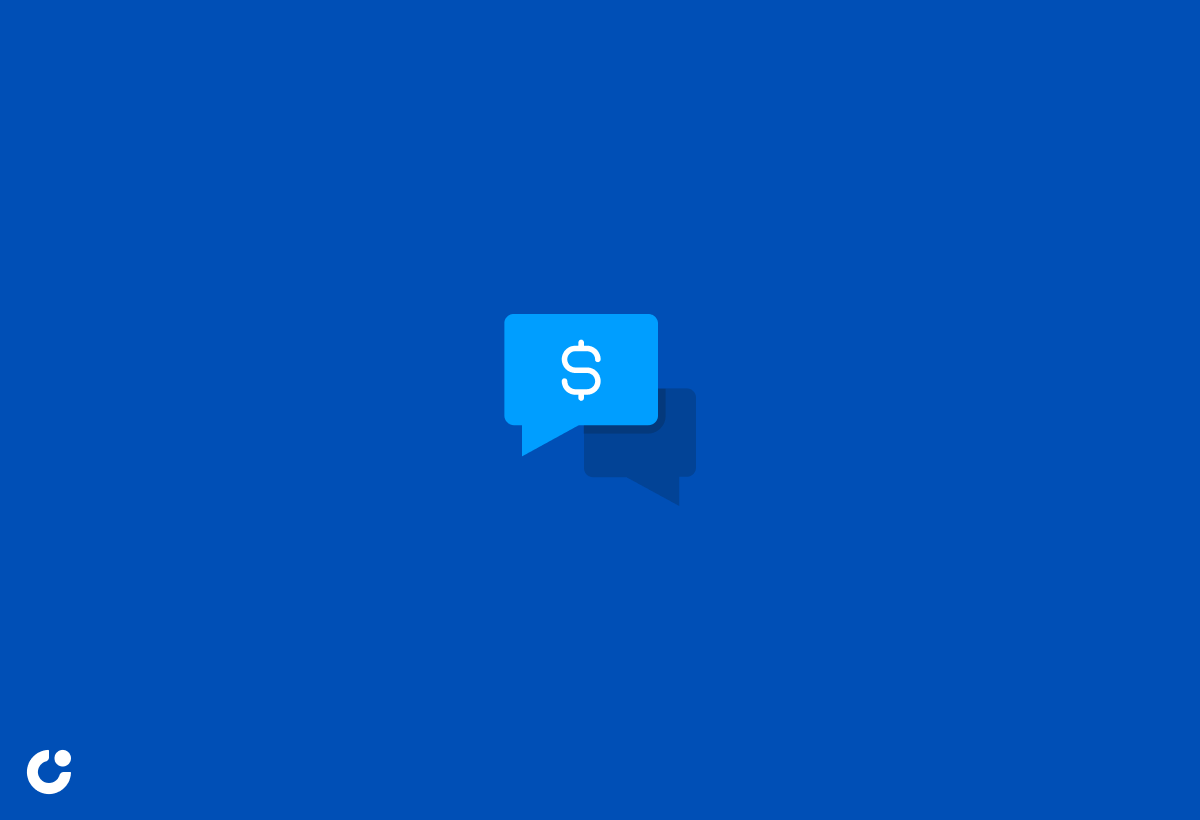
To help you put these strategies into practice, let’s take a look at two real-life examples of successful sales emails. These examples showcase how a personalized approach and storytelling can make your sales emails more engaging and persuasive, leading to better results.
By using a personalized approach, you can make your emails more engaging and persuasive. You can also do this.
Example #1: A Personalized Approach
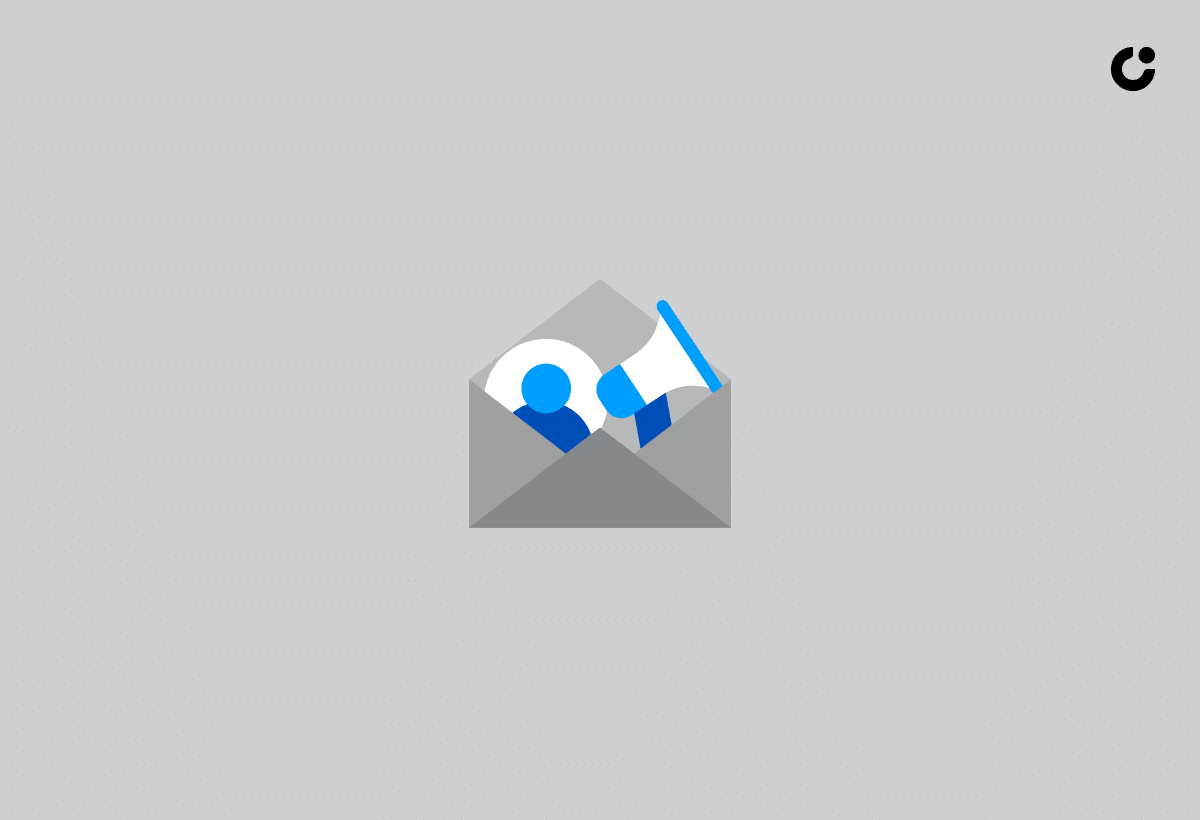
Directive Consulting, a digital marketing agency, revamped their sales email template to focus on personalization and saw their reply rate double from 8% to 16%. The new email template included a personalized introduction that mentioned the recipient’s company and a specific pain point they were likely facing.
By tailoring the email to the recipient and addressing a relevant pain point, Directive was able to capture the recipient’s attention and demonstrate their understanding of their needs. This personalized approach led to higher response rates and ultimately helped the sales team close more deals.
Example #2: A Story-Driven Pitch

In this example, a sales rep, who is among the top sales professionals, used storytelling to craft a more engaging sales email. The email began with a story about a customer who faced similar challenges as the recipient and explained how the sales rep’s product helped them overcome those obstacles.
By incorporating a narrative that resonated with the recipient, the sales rep was able to create an emotional connection and demonstrate the value of their product. This story-driven approach made the email more memorable and persuasive, resulting in a higher response rate and more closed deals.
Utilizing Email Automation Tools
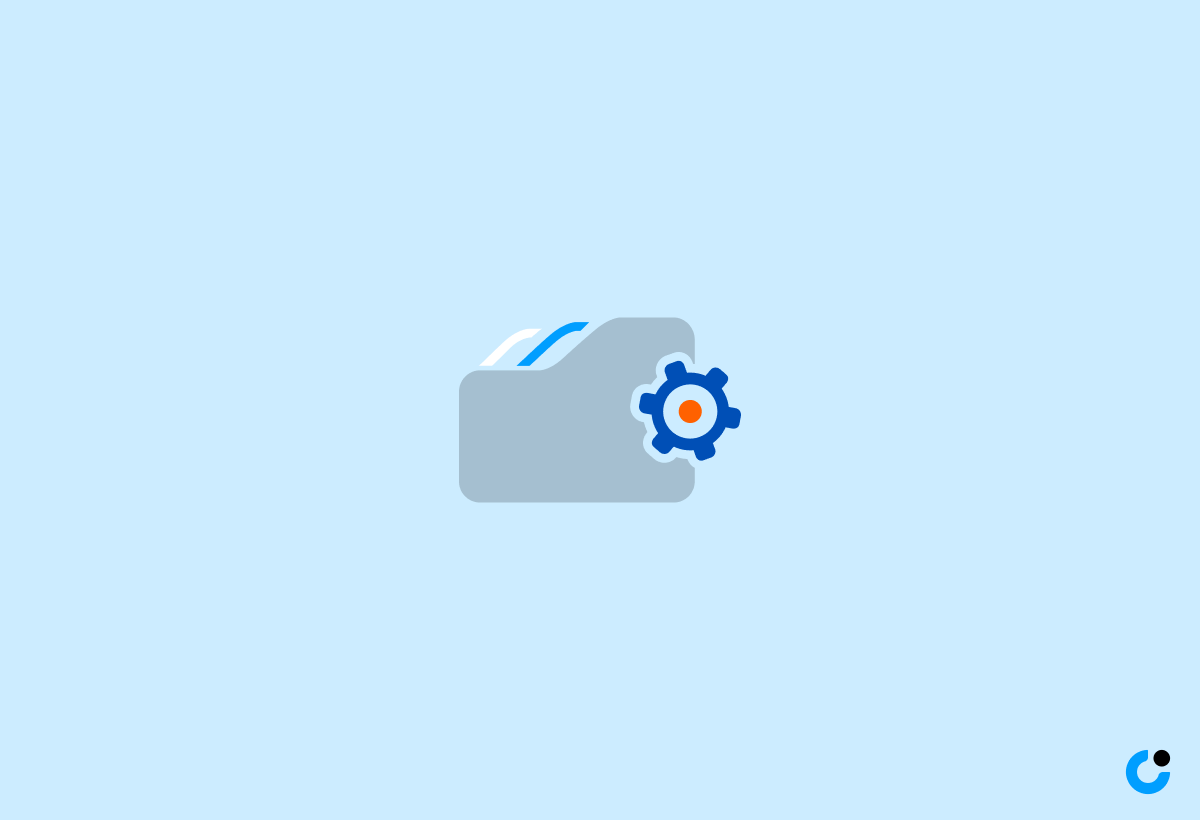
In addition to crafting compelling sales emails, it’s essential to leverage email automation tools and sales email templates to streamline your sales email process and optimize results. These tools can help you save time and effort by automating repetitive tasks, such as sending follow-up emails or tracking performance metrics.
In this section, we’ll explore the benefits of using email automation tools and how they can help improve your sales email strategy.
Improve Efficiency
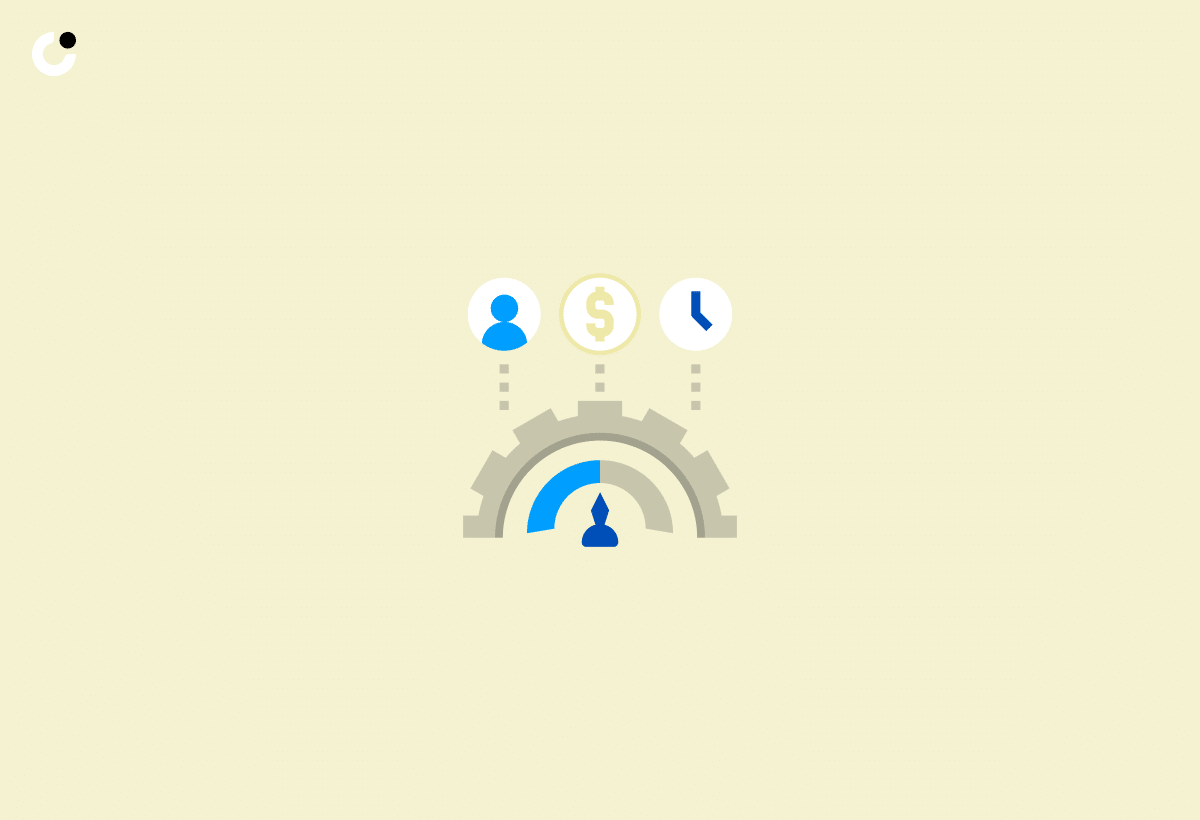
Email automation tools, such as marketing automation software, can help you save time and effort by automating repetitive tasks, like sending follow-up emails or tracking performance metrics. By automating these tasks, you can focus on crafting personalized and engaging sales emails that resonate with your prospects.
Additionally, email automation tools can help you:
Schedule emails to be sent at the most optimal times, based on the recipient’s time zone and preferences
Ensure that your sales emails are delivered when they’re most likely to be opened and read
Increase the chances of a successful outcome
Optimize Results
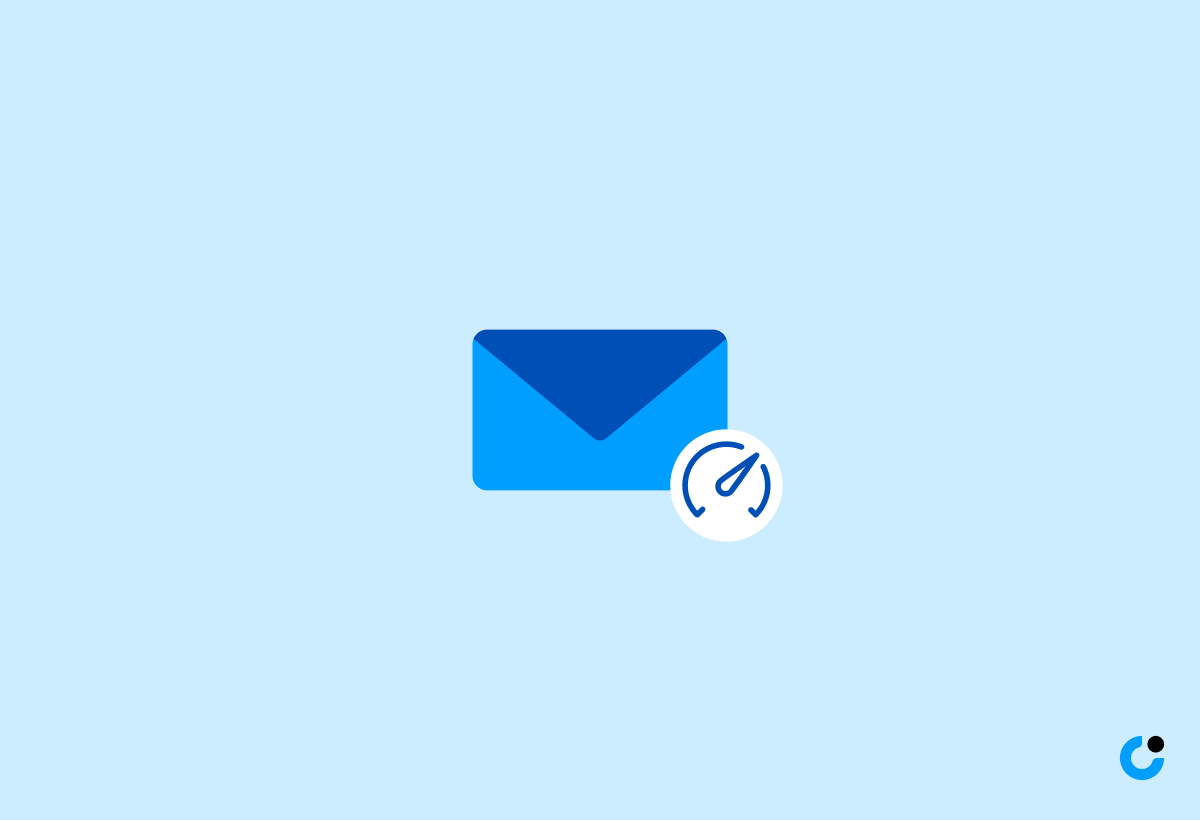
Email automation tools also allow you to:
- Test and refine your sales email strategy
- Identify the best possible outcomes
- Test different email variations, such as subject lines and calls to action
- Identify which strategies are most effective
- Optimize your sales email campaigns accordingly
By leveraging email automation tools in your sales email strategy, you’ll be able to streamline your processes and optimize your results, ultimately leading to more successful sales campaigns and closed deals.
Summary
In this blog post, we’ve explored the essential elements of crafting a winning sales email, from personalization and relevance to compelling subject lines and engaging opening lines. We’ve also discussed the importance of follow-up emails and the benefits of email automation tools. By putting these strategies and techniques into practice, you’ll be well on your way to transforming your sales email game and closing more deals than ever before. So, what are you waiting for? Start implementing these tips today and watch your sales soar.
(You can also check out some examples here.)
Frequently Asked Questions
Do sales emails work? How do you write an email for sales?
Do sales emails work? Of course! Sales emails do in fact work. To write an effective sales email, craft a compelling subject line, use an engaging opening line, tailor the body content to your audience, include a direct call-to-action, and add a professional signature.
Follow up with additional value to further stand out.
What is a sales email?
A sales email is an email sent by a company to promote products and services and increase revenue. It includes an offer that outlines how the recipient can benefit, along with the value of engaging with the brand.
There are many types of sales emails you can send: after events, after a phone call, after you leave a voicemail, after a rejection, etc.
What is a good sales introduction email?
A good sales introduction email should start by introducing your business dealings, expertise, and length of industry experience, to demonstrate to the client why you are the best choice for them. This should be done in a professional manner to establish trust.
How do you get attention in sales email?
To grab attention and get replies to sales emails, demonstrate that you understand the customer’s problems, write a compelling subject line, keep it sweet and short, persist and end with a clear call-to-action.
Persistence is key when it comes to sales emails. Make sure to follow up with customers and remind them of your offer. End your emails with a clear call-to-action that encourages the customer to take the next step.
How can I personalize my sales emails?
Personalize your emails by researching the recipient and integrating personal details into your opening line. This will create a more meaningful connection with them.

